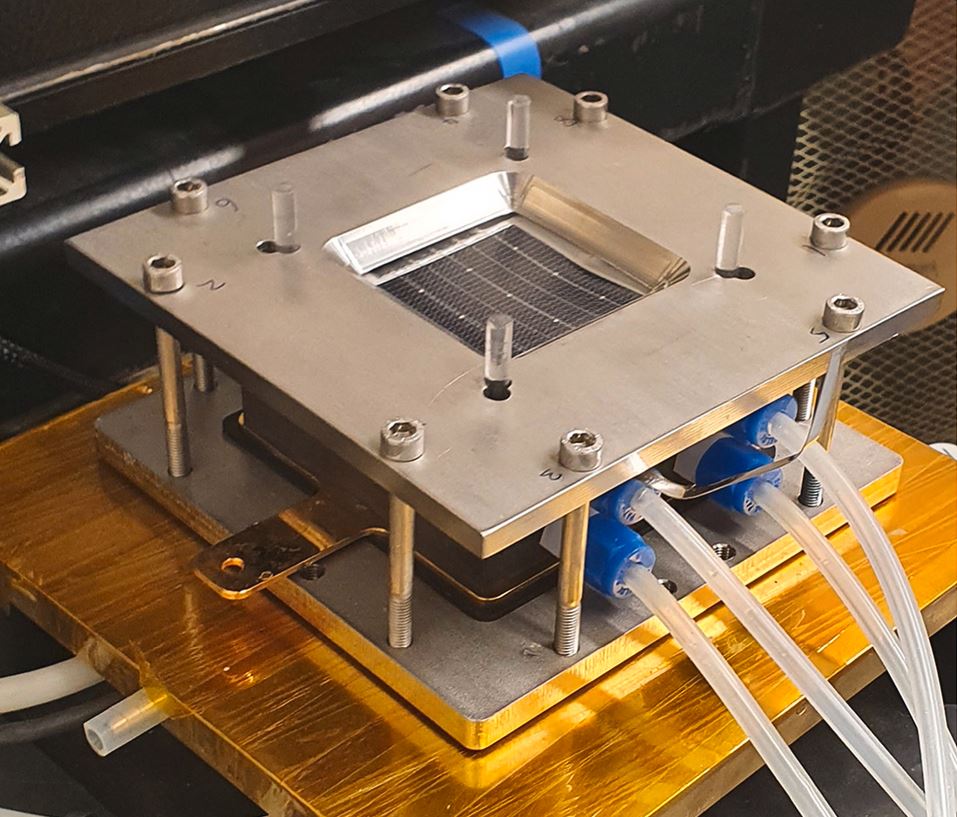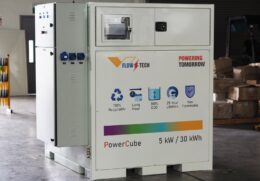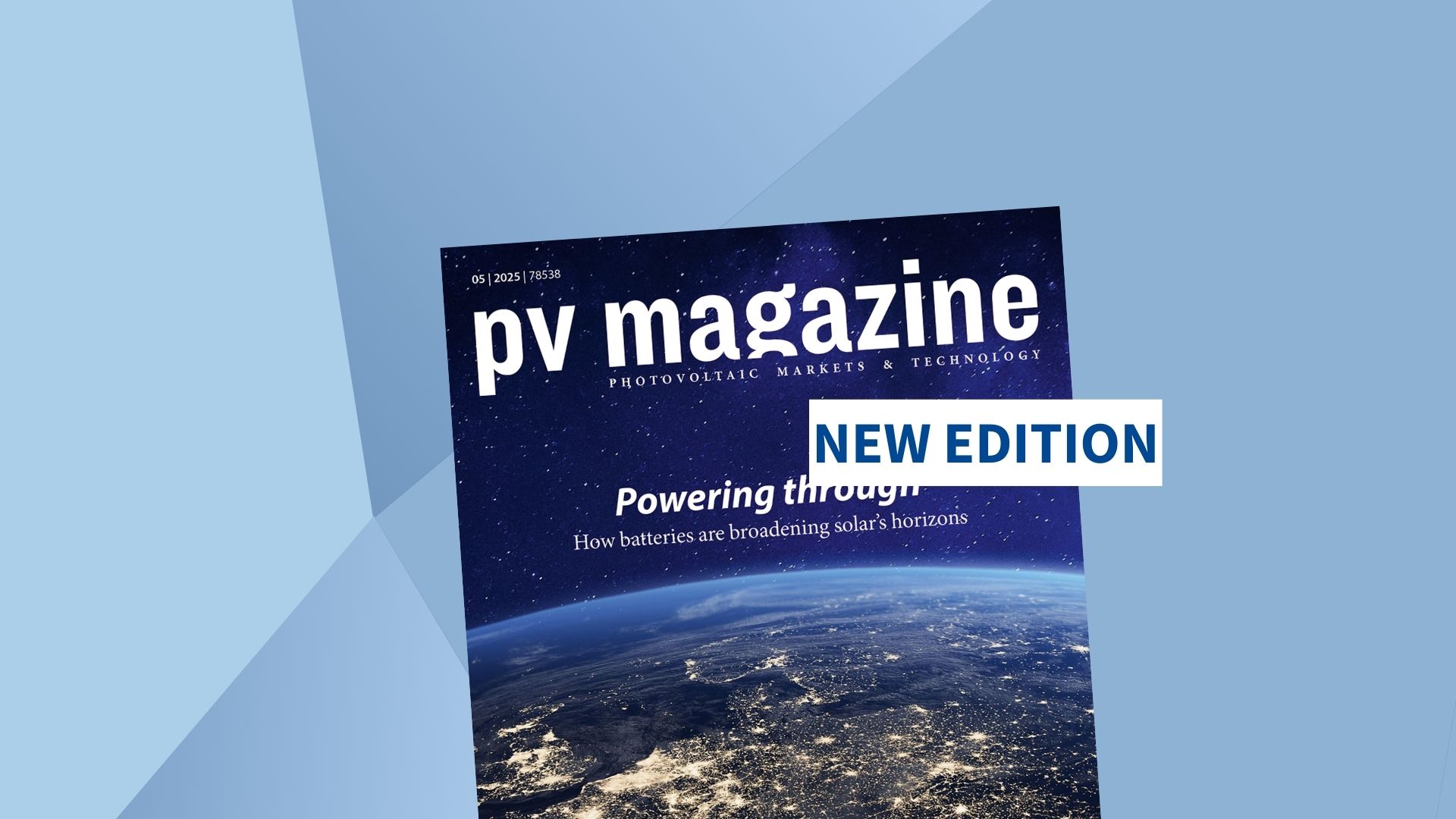

Energy storage systems come in many forms, leveraging different technology types. A class of electrochemical storage, lithium-ion batteries have established themselves as the industry standard.
But there are many new technologies vying for their market share.
Sodium-ion batteries are widely considered a sustainable and resource-saving answer to future energy storage, while flow batteries offer a viable alternative in long-duration storage applications.
However, the path to commercialization is not a straightforward one.
Latest News
All Technologies news



















